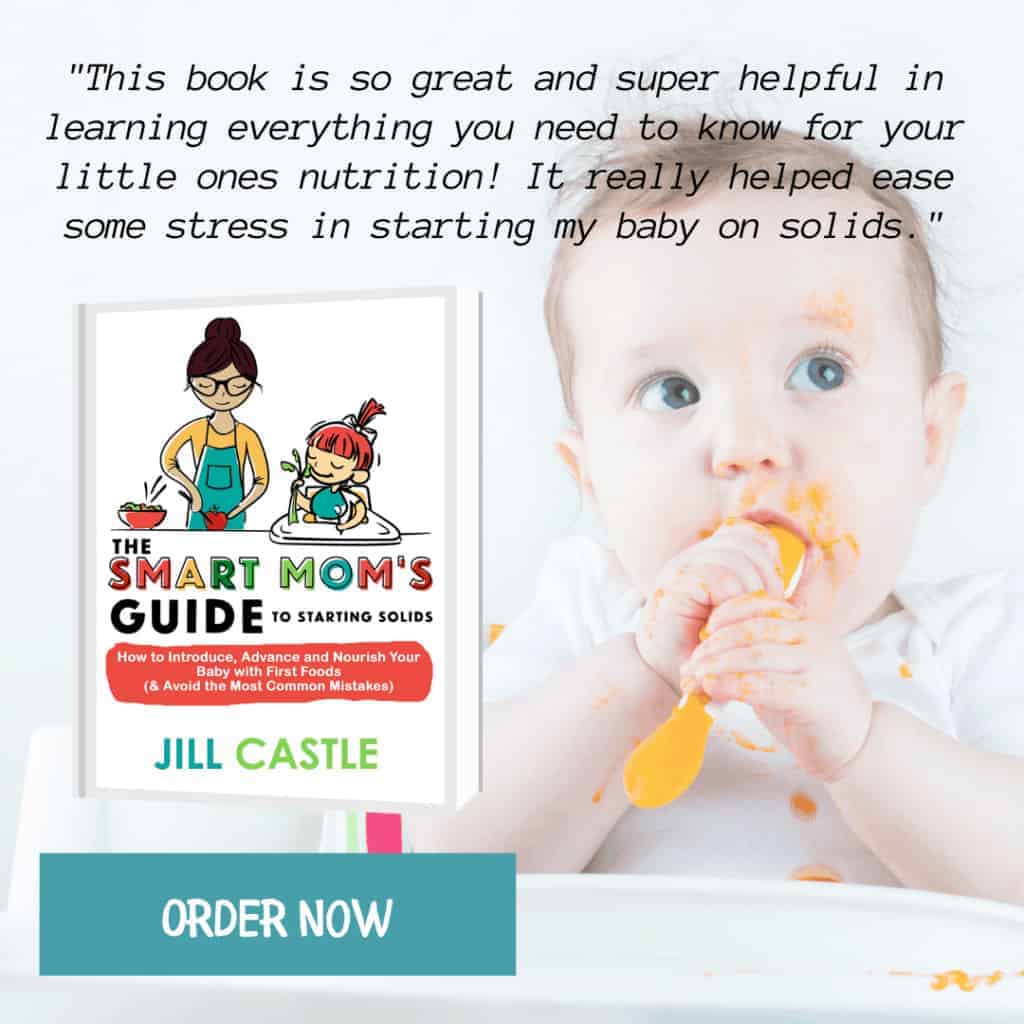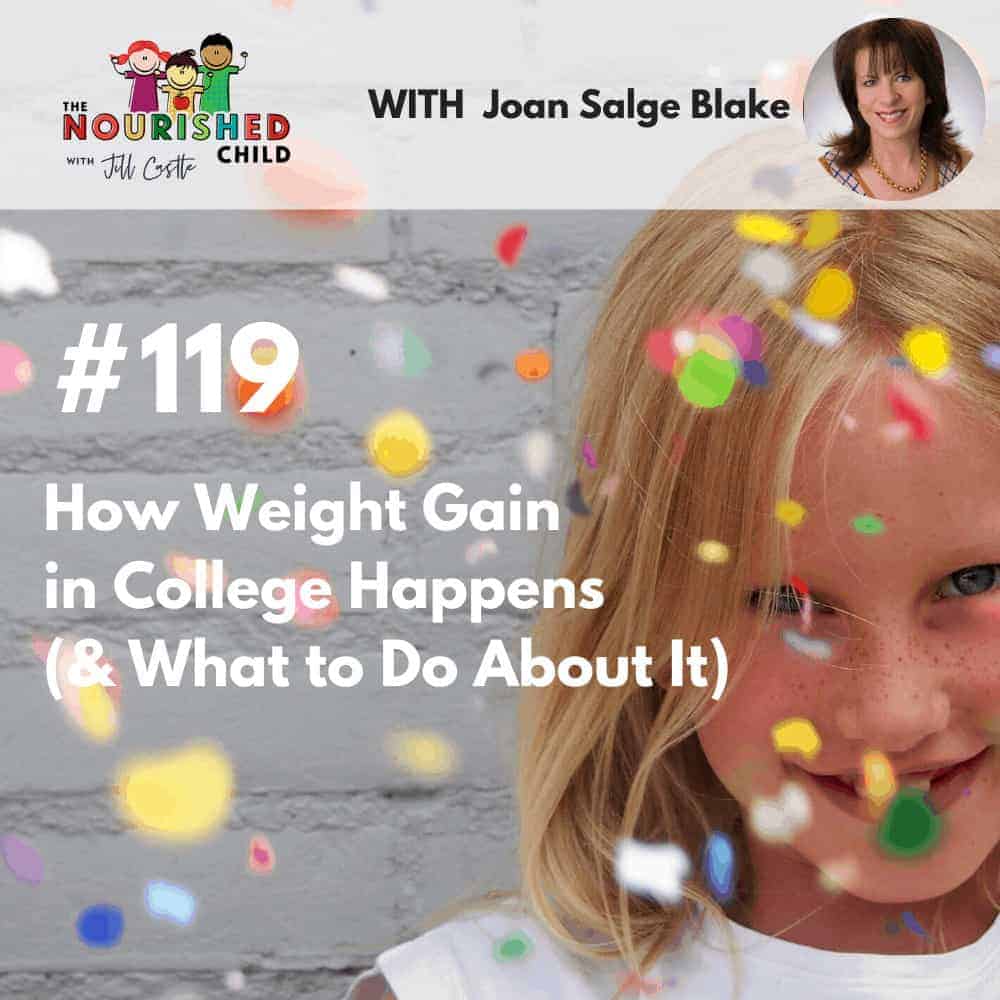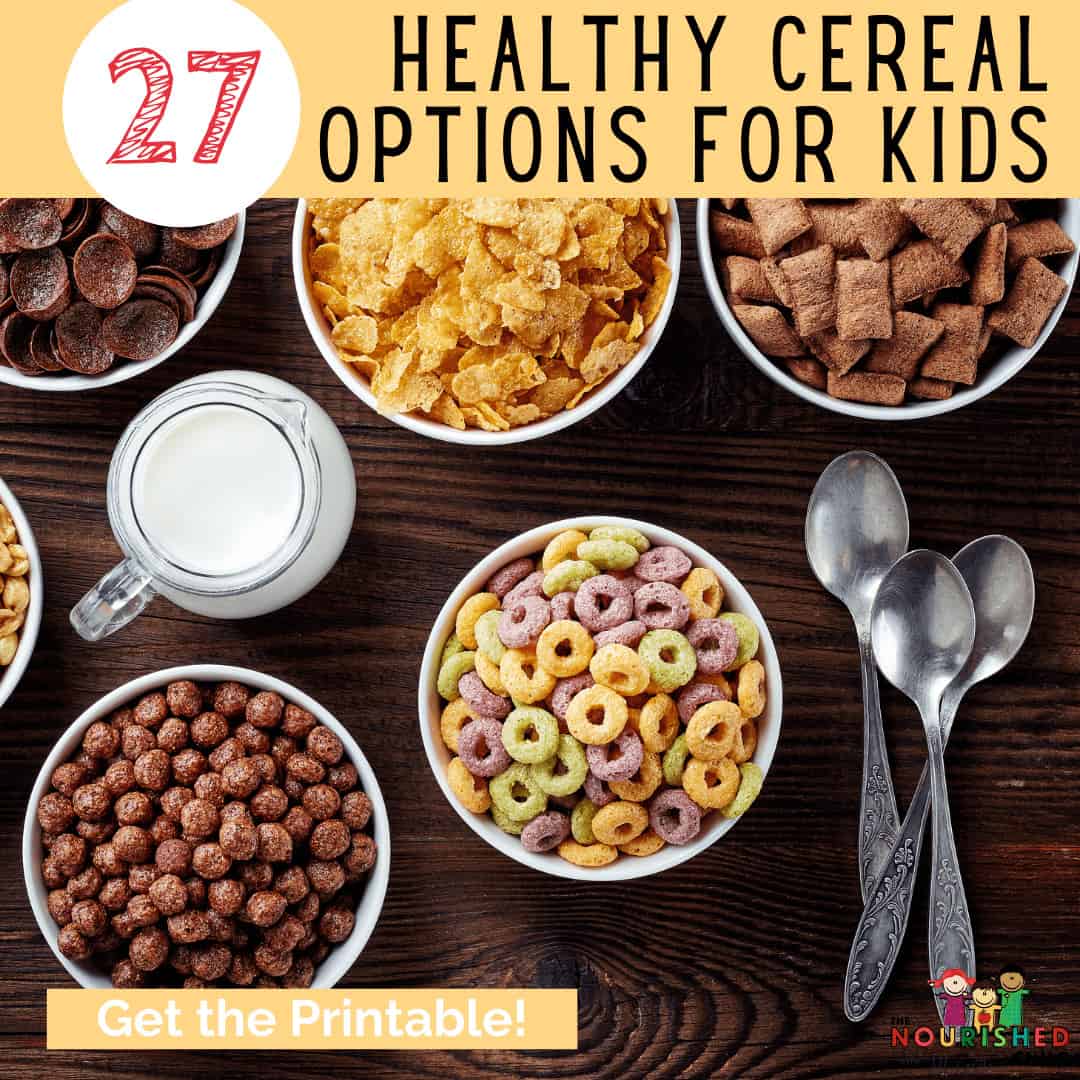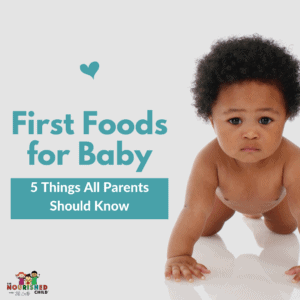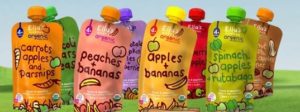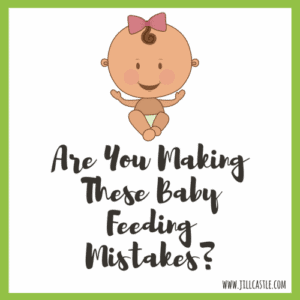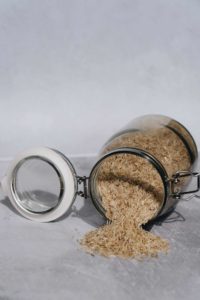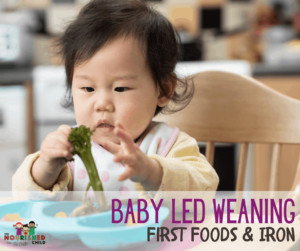Baby Changes and Feeding: What to Expect
September 26, 2020
Babies change rapidly in the first year and parents must stay on their toes to keep up. Learn about physical, cognitive and social development in infancy, how to build a secure parent child attachment, and how all these baby changes affect your baby’s eating.
The first year of life is an exciting time for all parents. Whether you are having your first child or your fourth, a new baby is a much anticipated and welcomed event for parents.
Infancy can also be riddled with uncertainty, questions, and sleepless nights. During a year of rapid growth and constant change, staying on top of what is going on with your baby can be challenging.

Physical Development in Infancy
A baby grows exponentially in the first year of life. Birth weight triples by age one. Length increases by 55% and the measurement around the crown of your baby’s head will grow 40% larger by the end of the first year.
This growth is unique to the first year of life. Growth slows quite a bit by the second year (and that voracious appetite slows in response, too).
This is why babies eat whatever you offer them – what I like to call “the honeymoon phase of feeding.” Not so true during toddlerhood, though.
[Read: My Toddler Won’t Eat!]
Organs grow, as well. As they grow, their functional abilities mature. Because of this, your baby will be ready to digest more complex foods at around 6 months of age.
What to Expect from Physical Development of Infants at 6 Months of Age:
- The intestinal tract can protect against infections and allergies, can process (digest) foods better, and absorb nutrients (protein, fat and carbohydrate) more rapidly.
- The kidneys are better able to handle meats. These are a good addition at around 6 months of age due to their highly bioavailable content of iron, zinc, and vitamin B12.
- The neuromuscular system is more mature, allowing your baby to eat off a spoon, chew and swallow foods.
Throughout the first year, babies learn to chew, self-feed and like new foods provided they are given the opportunity to engage with a variety of foods.
Cognitive Development in Infants
A baby’s brain is developing at a quick pace in the first year. In the first 1,000 days, the neurons and synapses are laid down, creating the blueprint for information transmission, memory and learning.
An information super highway is being built, so to speak.
Babies are said to have a “plastic brain,” that is, one that changes with the environment and develops rapidly. As the neurons in the brain respond to stimuli, synapses are built, making deeper connections throughout the brain.
Infants are in the Sensorimotor Stage between birth and 24 months.
They move from reflexive behaviors such as sucking, to using symbols to communicate, such as finger pointing to food. And there are a lot of steps in between!
The Highlights of the Sensorimotor Stage
- Reflexive behaviors, such as sucking
- Purposeful behaviors, such as thumb sucking
- Discovering qualities of objects, such as throwing a cup or spoon
- Object permanence, such as looking under a plate for food
- Creative problem solving, such as stuffing food in mouth to see what happens
- Using symbols, such as pointing to food or sign language
So, when your baby throws his food or cup on the floor, you’ll know this is developmentally-appropriate and he’s in the “discovering qualities of objects” phase.

Social Development in Infancy
Not only are the obvious physical changes of weight gain, overall growth, and cognitive changes in the brain occurring, but social developmental changes are happening as well.
Erik Erikson’s Psychosocial Stages of Development informs us that during infancy, a baby’s main task is to form an attachment with his caregiver.
Basic trust is established during this year. The infant understands that his parents are dependable and the world is a safe place.
The foundation of hope, confidence and trust–essential for future relationships– develops at this very young age.
Attachment should be one of your primary goals as a parent. Feeding your baby is an excellent way of setting this in motion.
Whether you breastfeed or bottle-feed, you can successfully achieve a healthy parent child attachment.
If you want to know more about attachment theory, read this comprehensive document.
5 Ways to Build Trust and Parent Child Attachment Through Feeding
Simply responding to your baby is the very first step to establishing a solid parent child bond. But, as you feed and interact with your baby, pay special attention to the following:
- Mimic your baby’s sounds and actions.
- Hold, touch, tickle (gently), and look at your baby in the eye.
- Focus on your baby when you feed him. Fully engage in the moment and show your complete attention.
- Respond to hunger cues. When your baby is crying, rooting, and/or sucking on hands and fingers, he may be showing you he’s hungry. Remember: the younger the infant, the more frequently hunger will strike. A newborn can be hungry every 1.5-2 hours and an older infant every 2-3 hours.
- Recognize your baby’s fullness. If he pulls away from the breast or bottle, turns his head away when a spoon is offered, or shakes his head “no,” he may be telling you he’s full and done eating.
You need to be good at reading both the hunger and fullness signals so that you can help your baby maintain his natural hunger-fullness cycle (which he was born with and which helps him eat just the right amounts of food).
Let your baby take the lead on how much he eats. Be watchful and attentive to his appetite signals.
Overfeeding or underfeeding your baby can happen when you don’t understand or accurately read your baby’s signs.
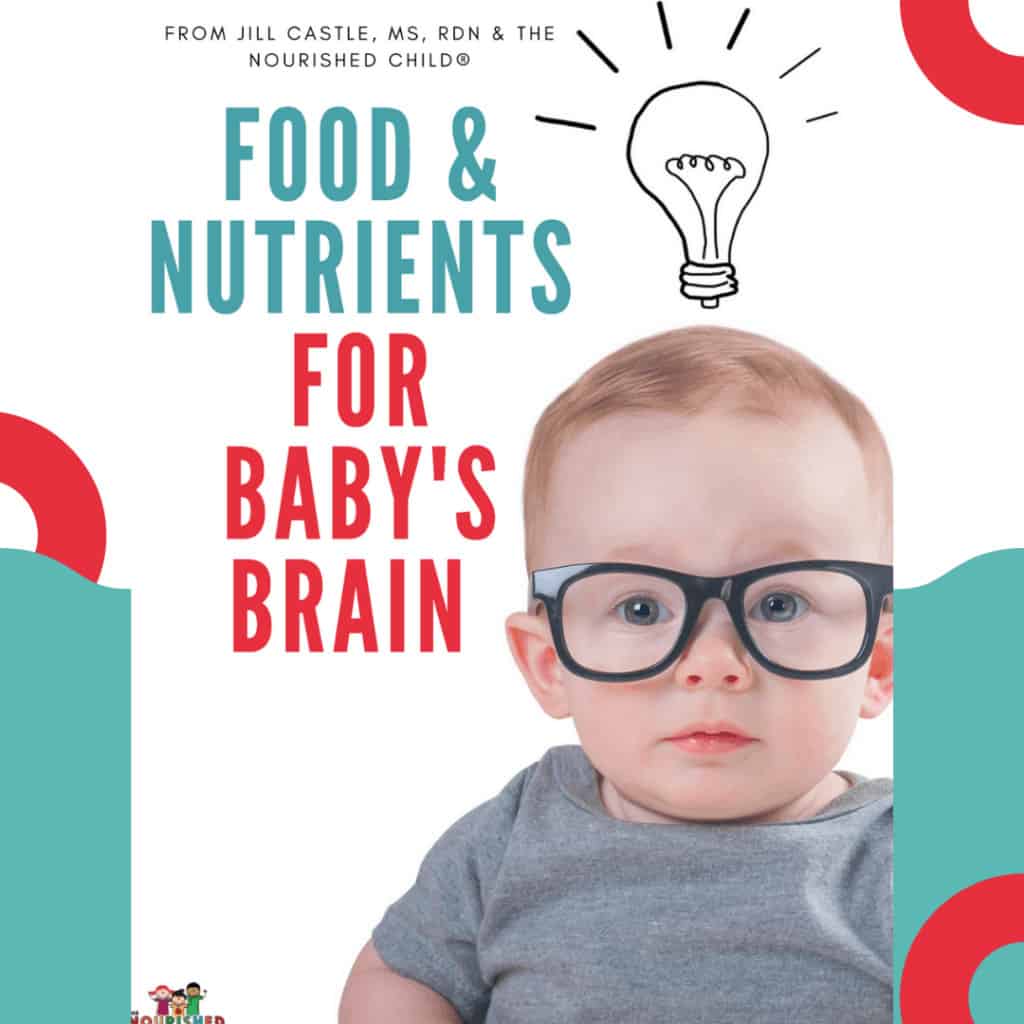
Get the Food & Nutrients for Baby’s Brain!
The Pitfalls of a Poor Parent Child Bond
The reality of our modern world is that parents are very busy and they look for quick and convenient ways to achieve the mundane day-to-day tasks faster and more efficiently (me included).
Sometimes parents streamline their chores by multi-tasking. Making food and feeding kids is not immune to this reality.
But you cannot “hack” your way through feeding and raising good eaters.
Our modern world also promotes early independence. ‘No-hands’ bottle feeders, cup holders in the car seat, packaged food products that young ones can eat while they play are maxing on convenience, but potentially undermining the parent-child bond.
All of these modern “realities” can lead us to detached feeding. Not looking at our babies when feeding them. Ignoring their appetite signals. Not acknowledging your baby is done eating and overfeeding him.
When we are more detached in feeding, our little ones can lose faith. That can disturb their emotional outlook on food and eating, and their developing relationship with food.
Don’t get me wrong–I am a busy mom, too and I’m all for simplicity. But not at the expense of a strong trusting bond with my child.
The good news? We have many opportunities to connect and form this strong parent child bond with our child.
Lots of opportunity to make it or break it. When it comes to feeding your baby, creating a strong attachment while appreciating the typical baby changes that will happen in the first year is key to a healthy, happy and nourished child.
How do you bond with your baby? And what gets in the way?
Need More Help as Your Baby Changes?
Baby changes are inevitable and they affect your child’s eating. I’ve got you covered with my book, The Smart Mom’s Guide to Starting Solids.
A step-by-step guide for navigating the 6 to 12 month period of first foods, including the stages of development and how to get your baby to the family table by a year of age. Also read, The Ultimate Guide to Baby Nutrition in the First Year.
Originally published May 18, 2011 | Updated September 26, 2020

